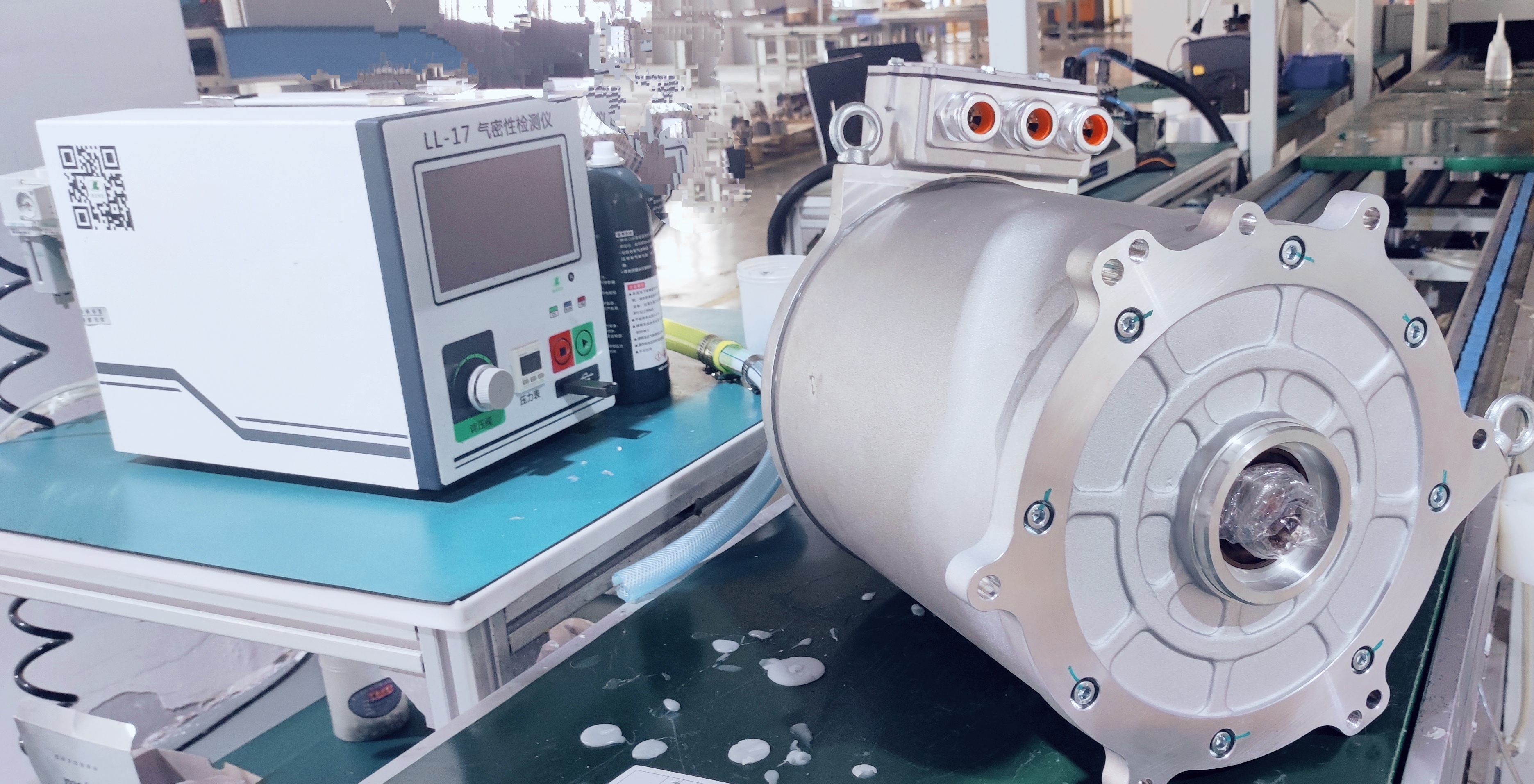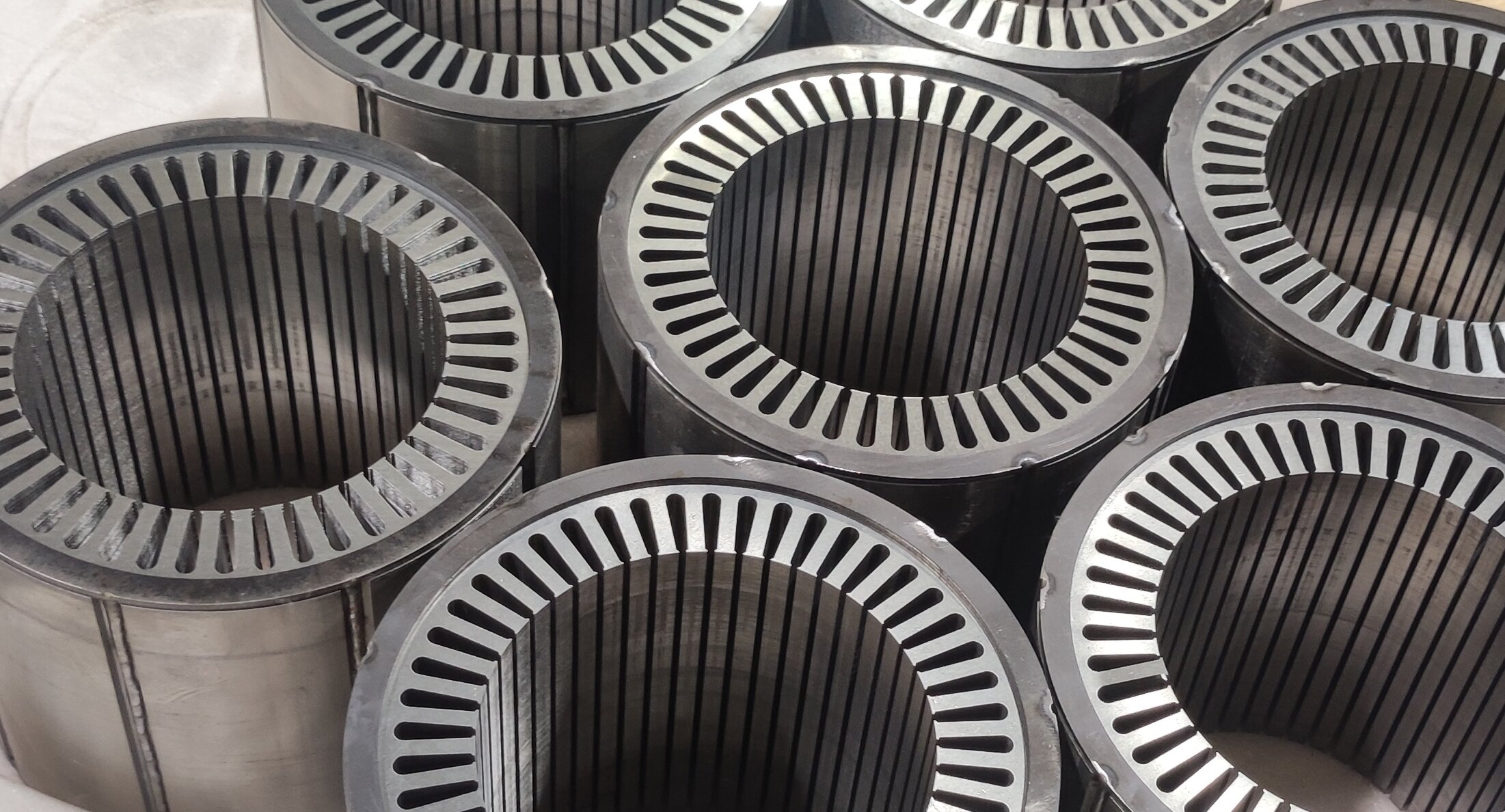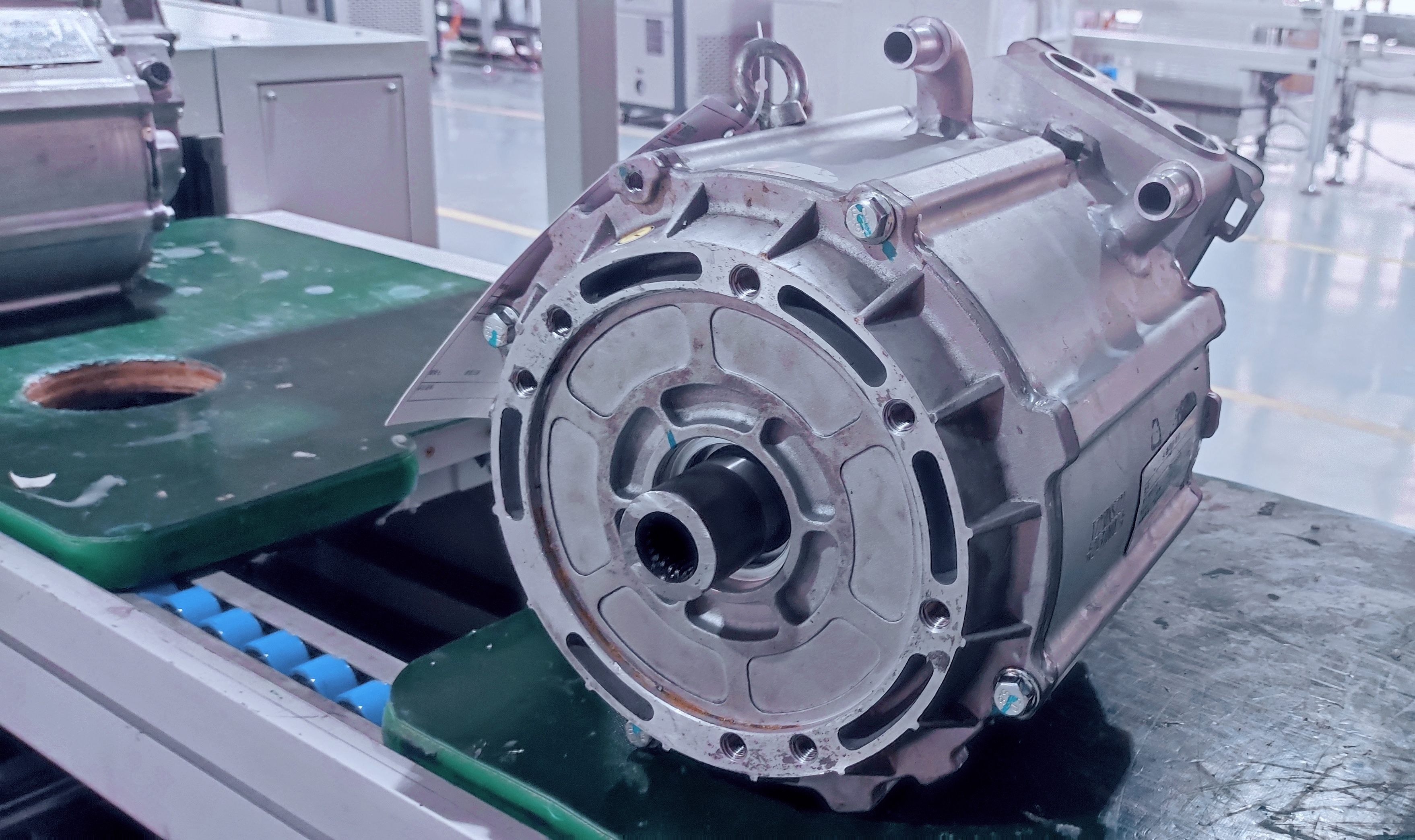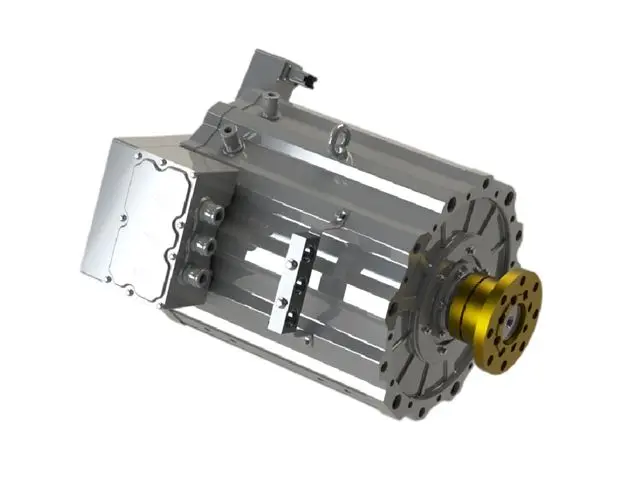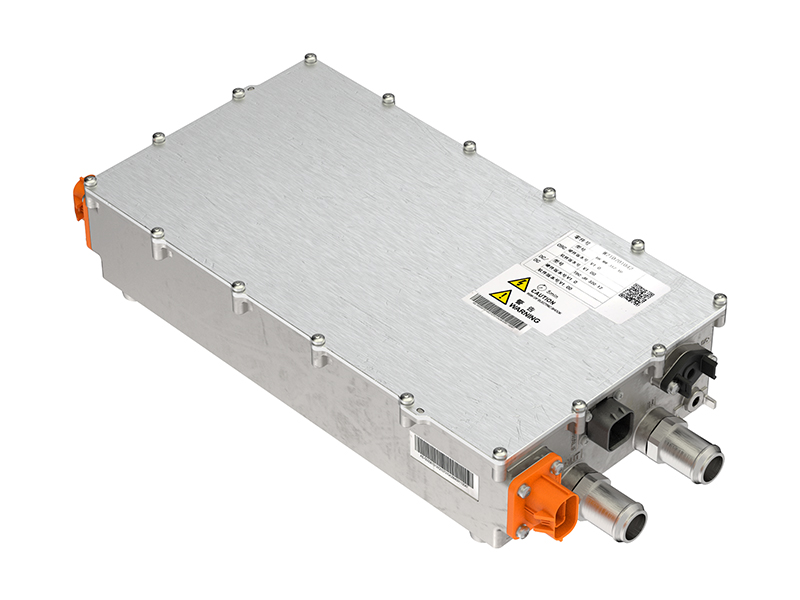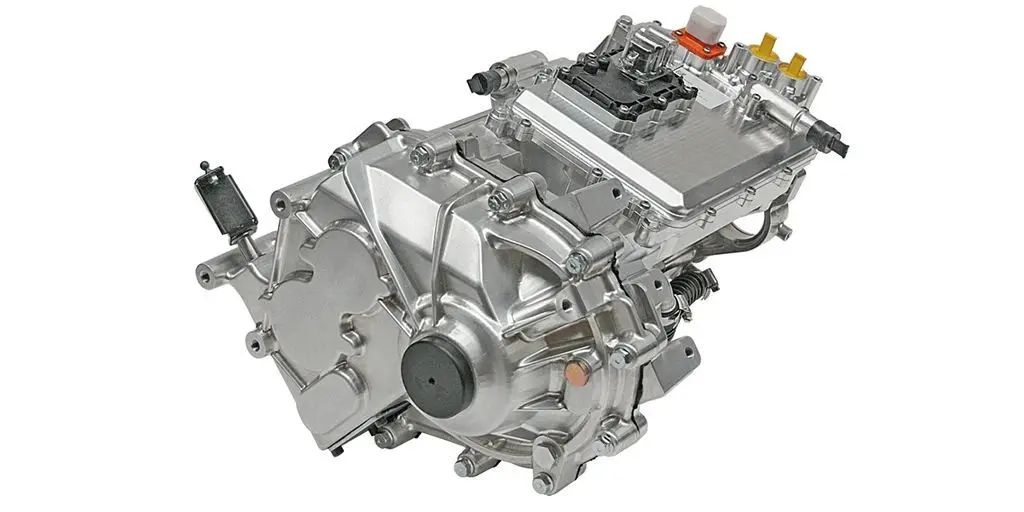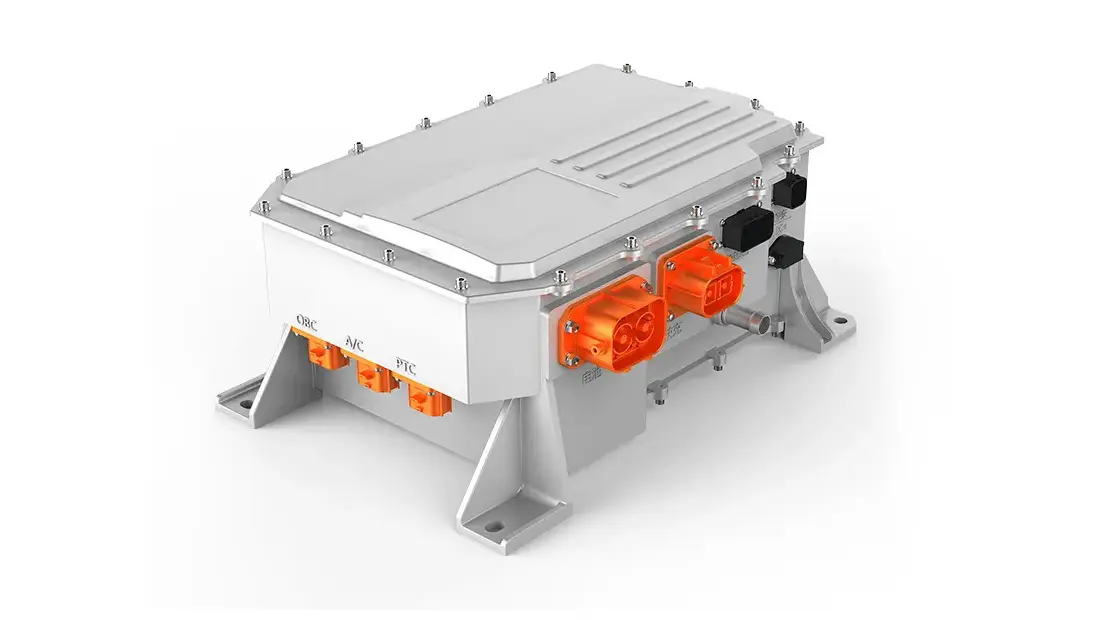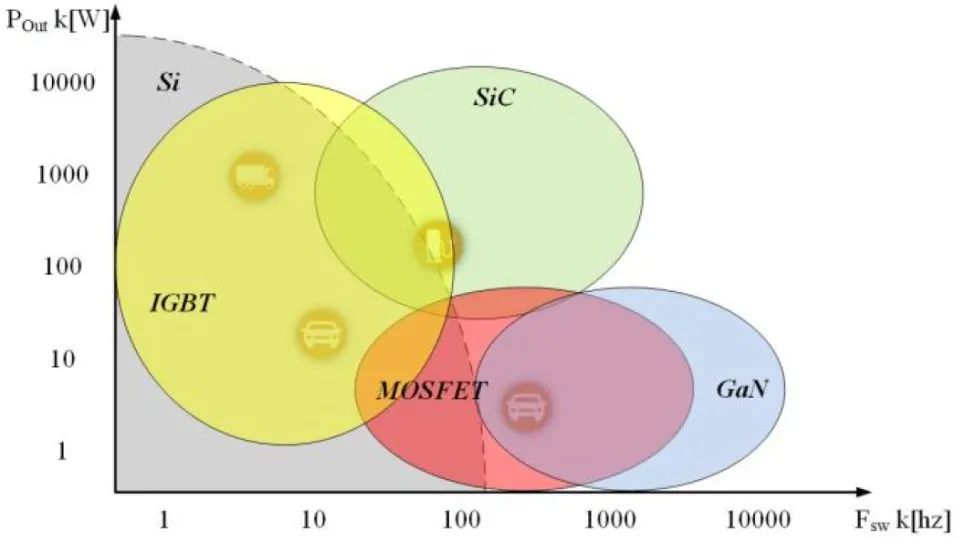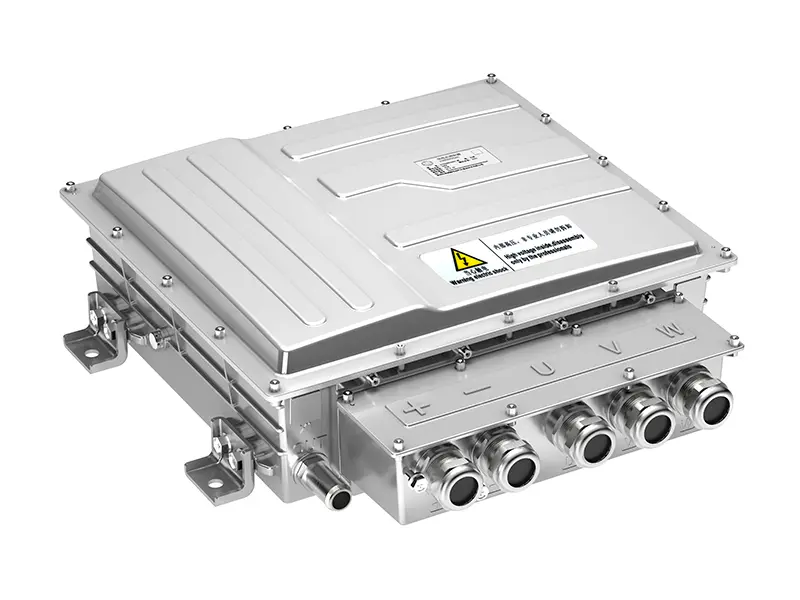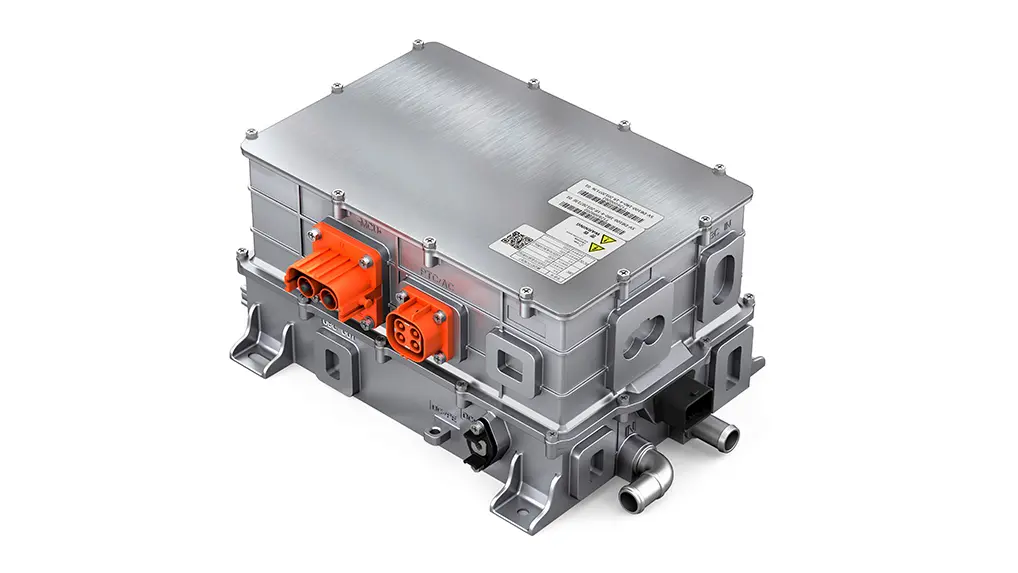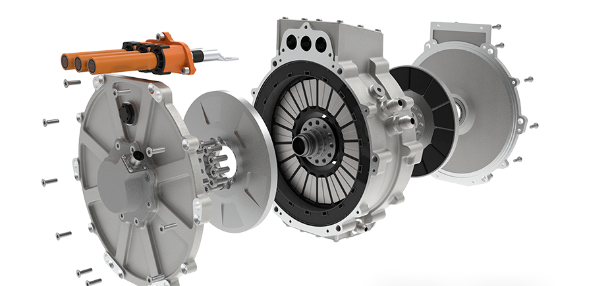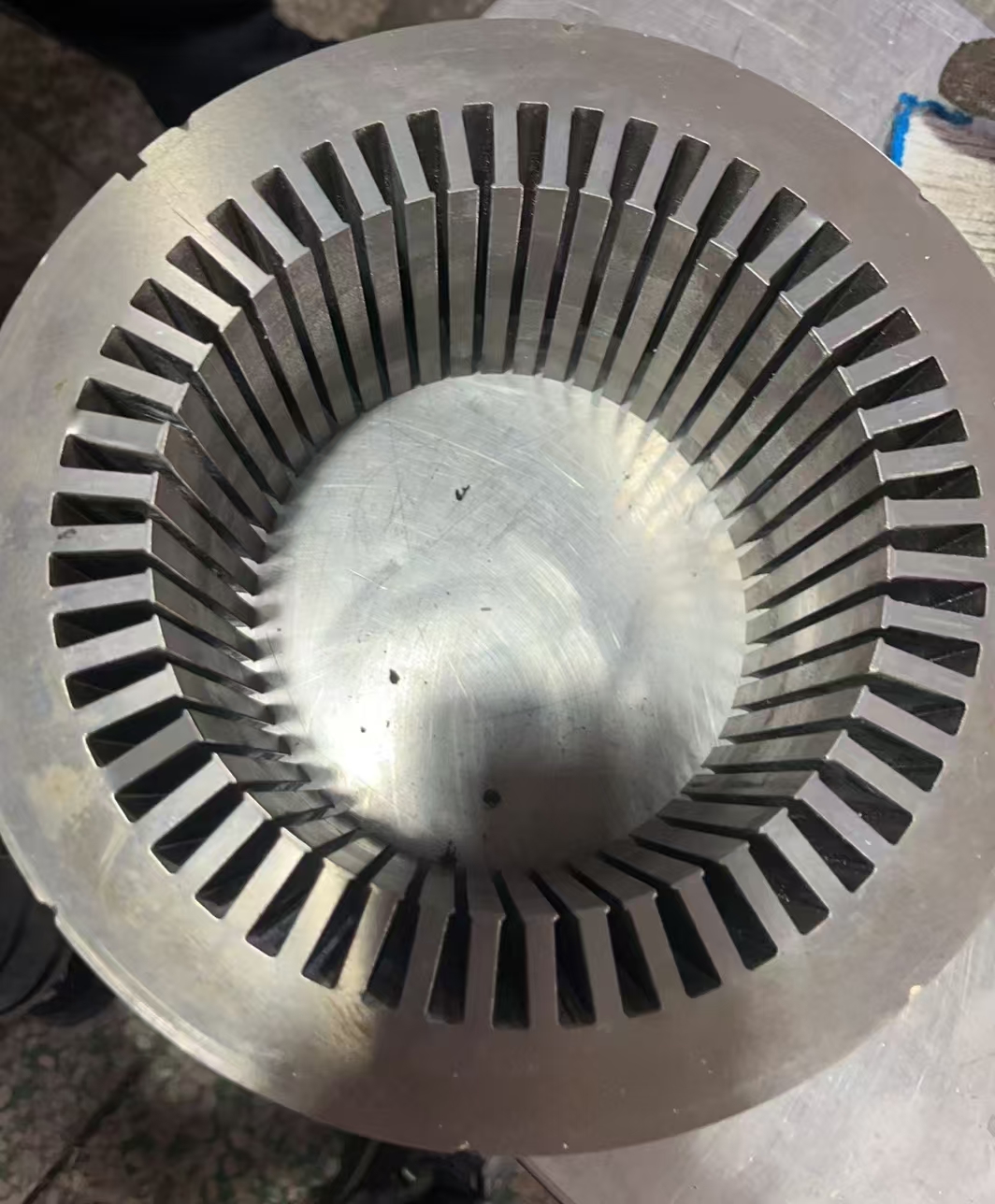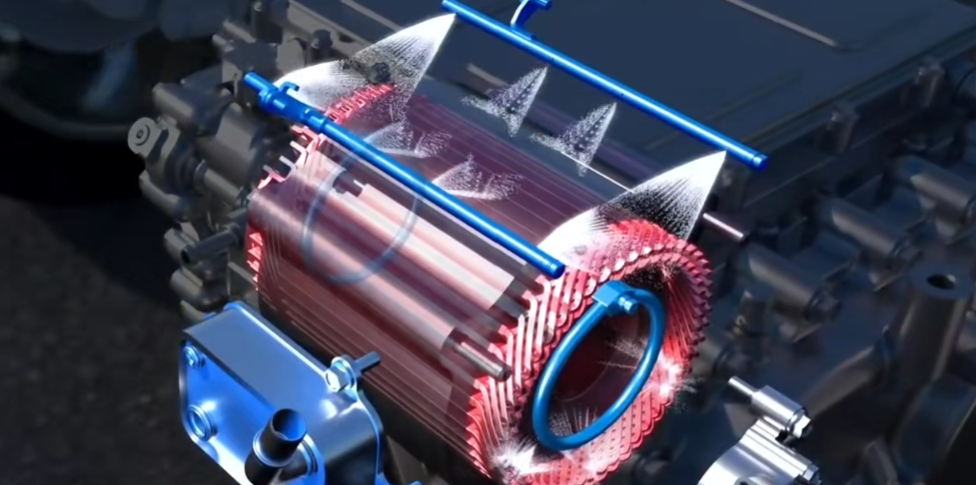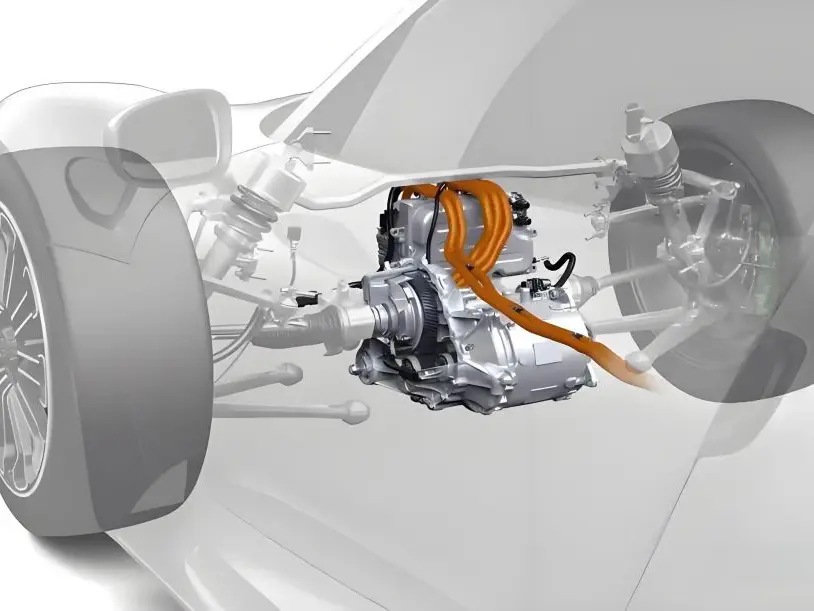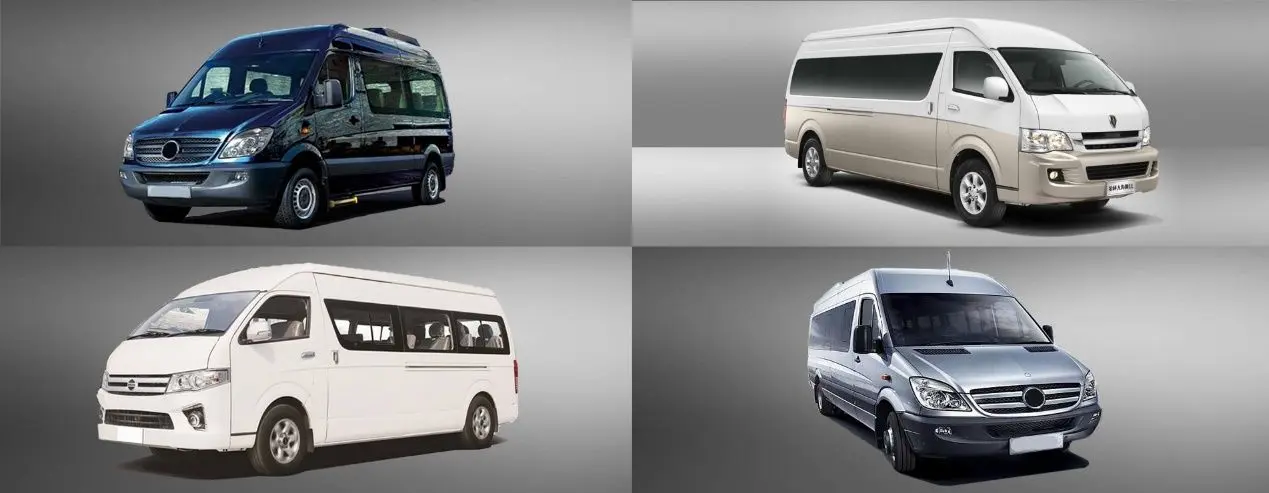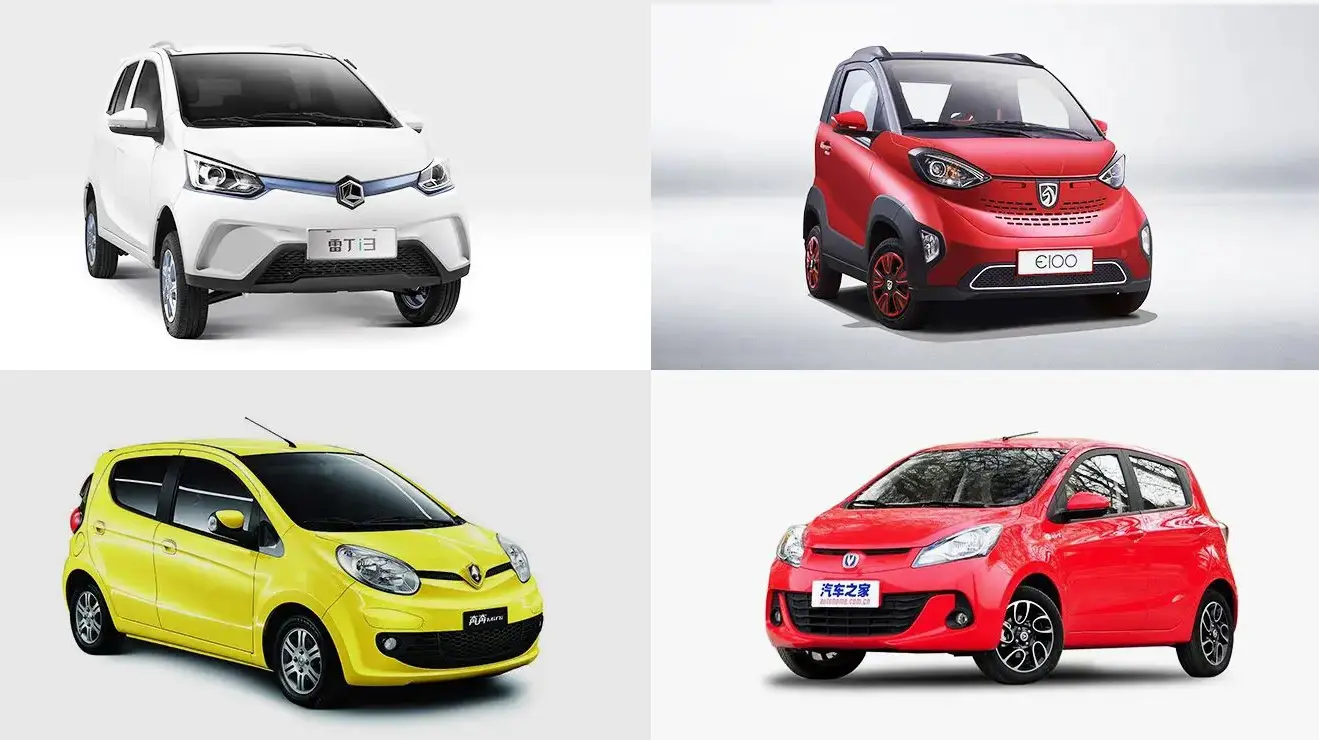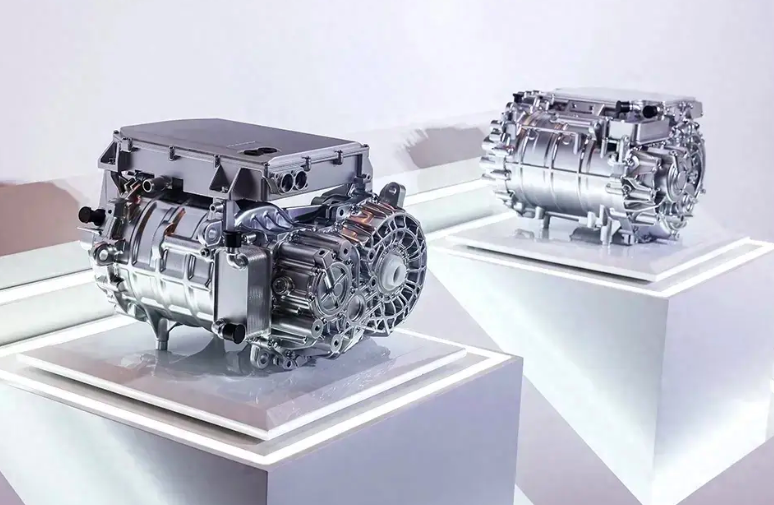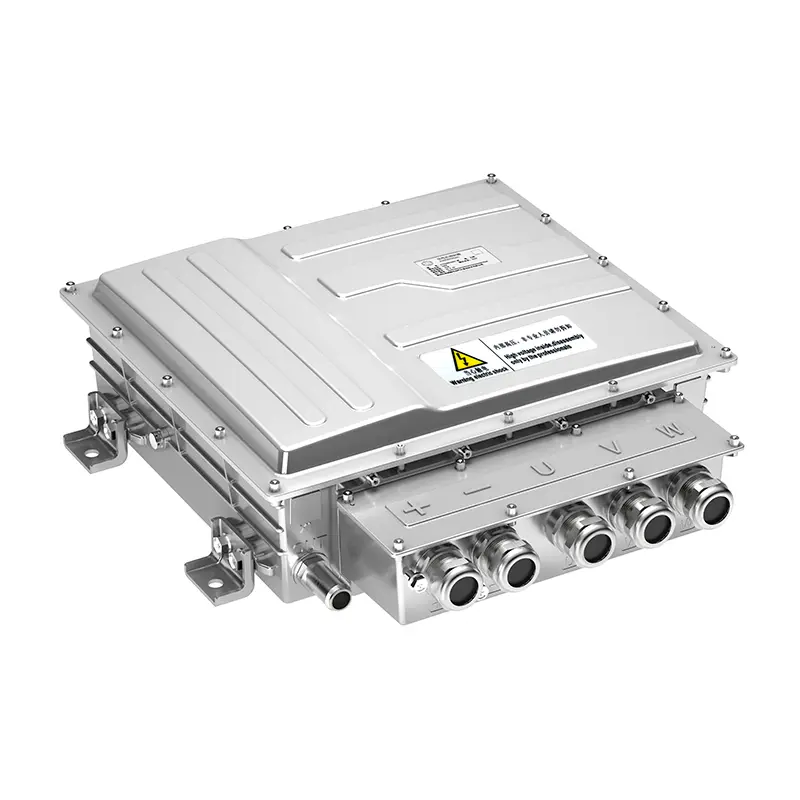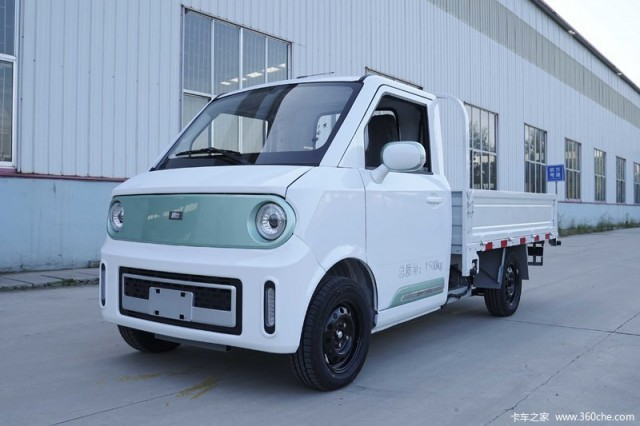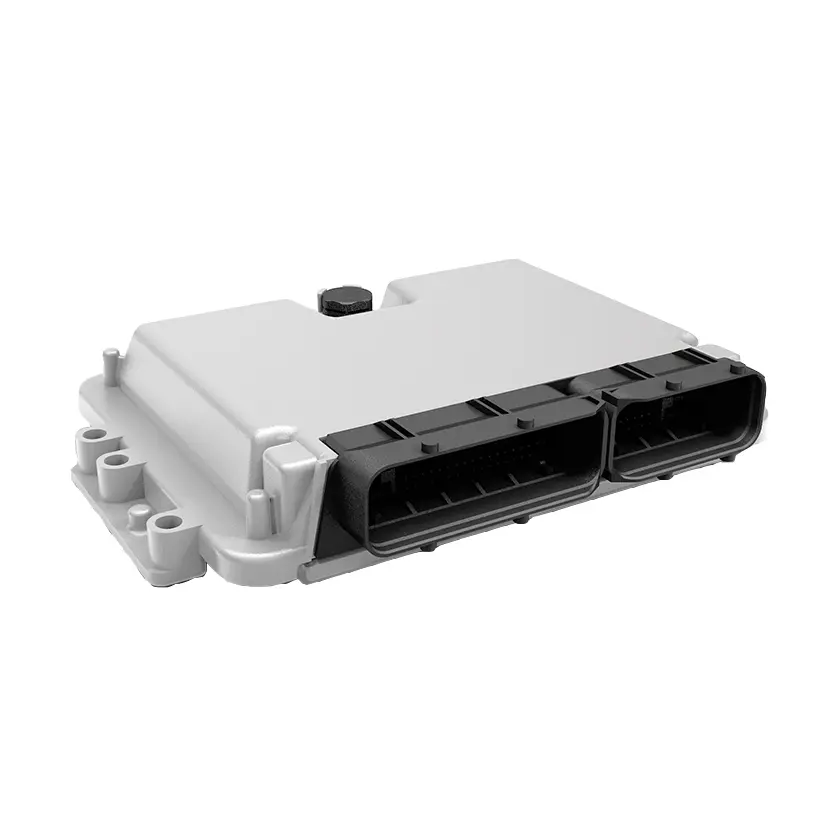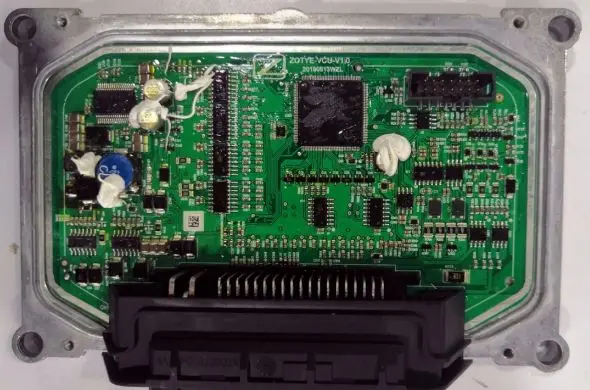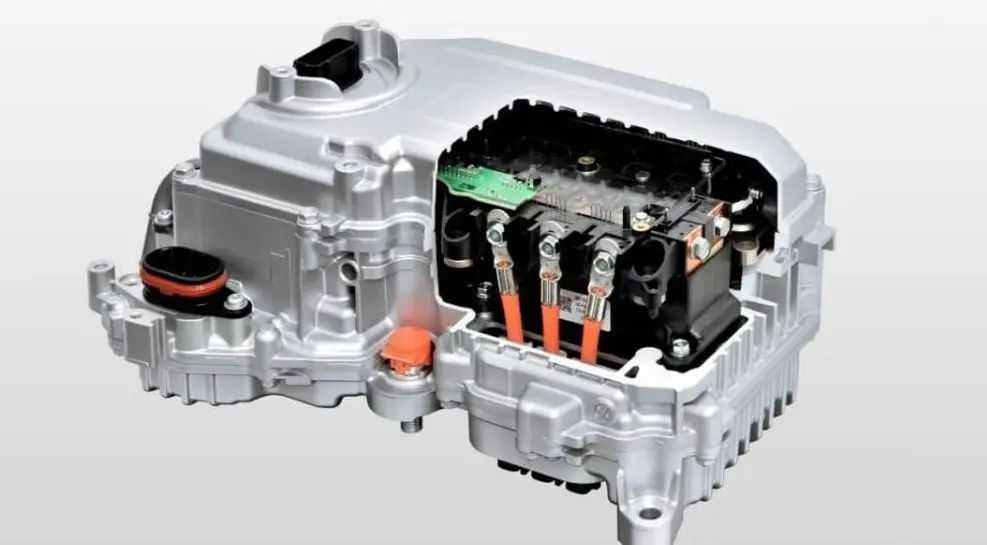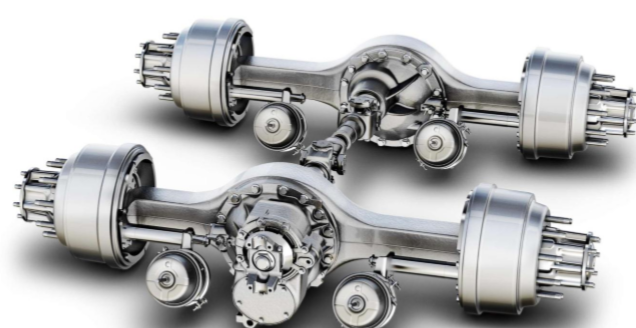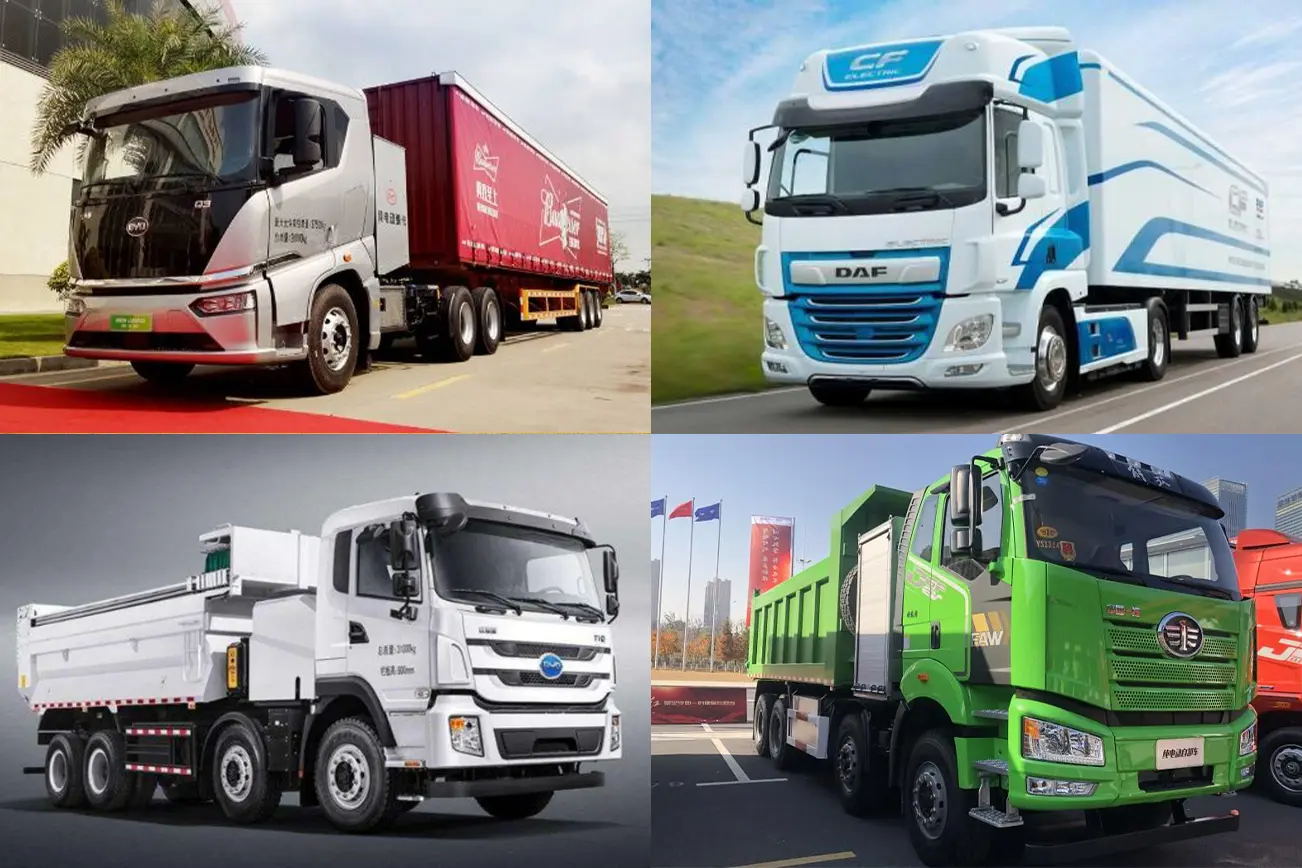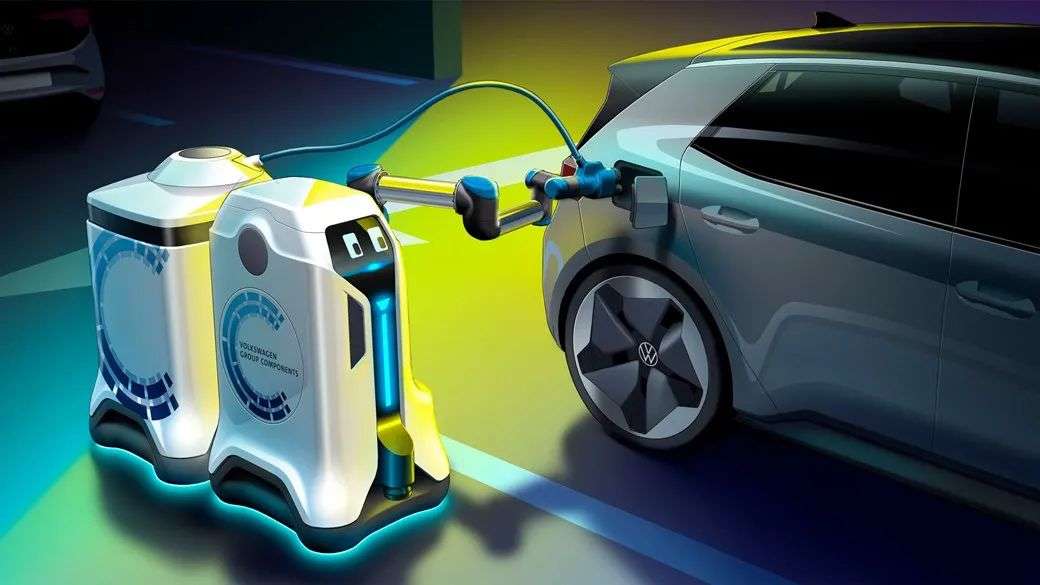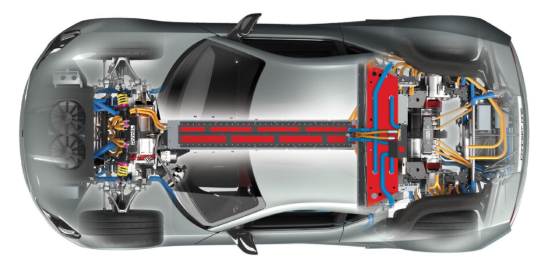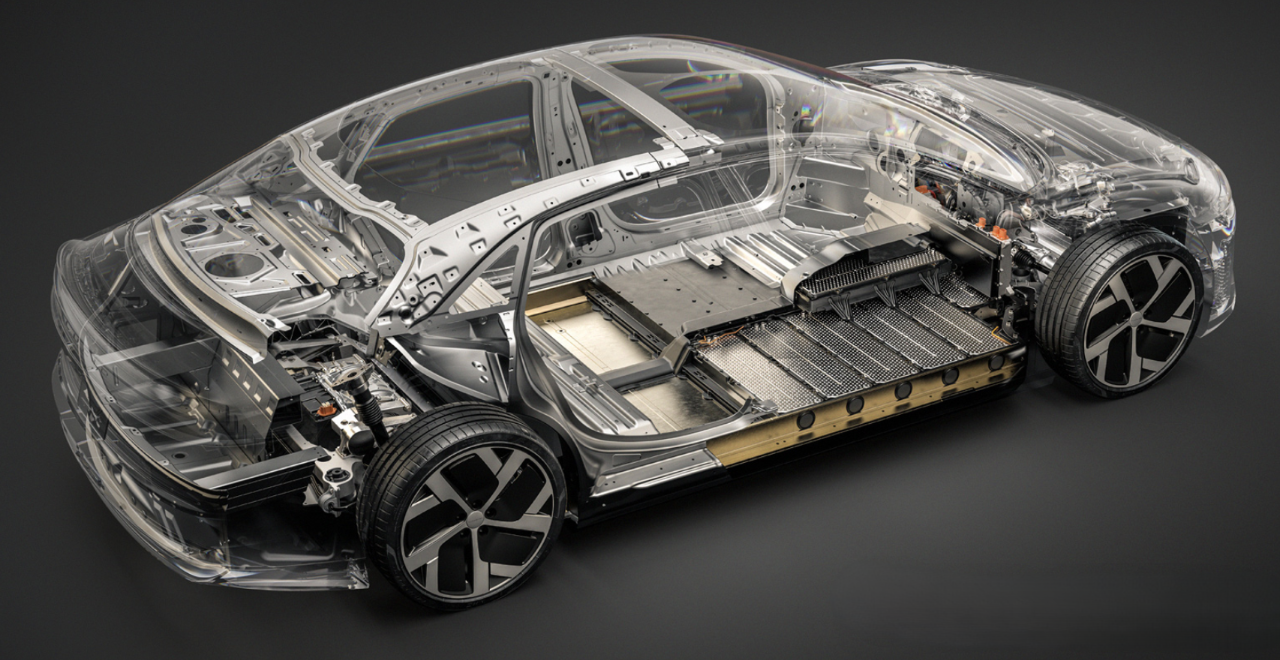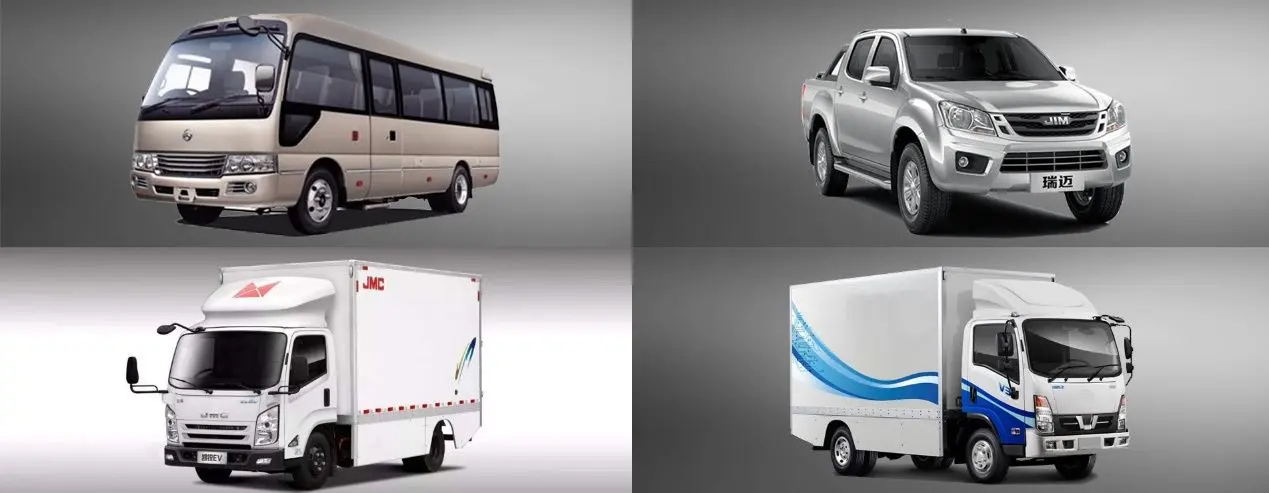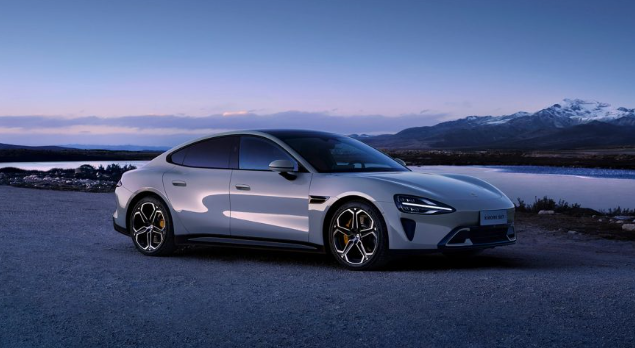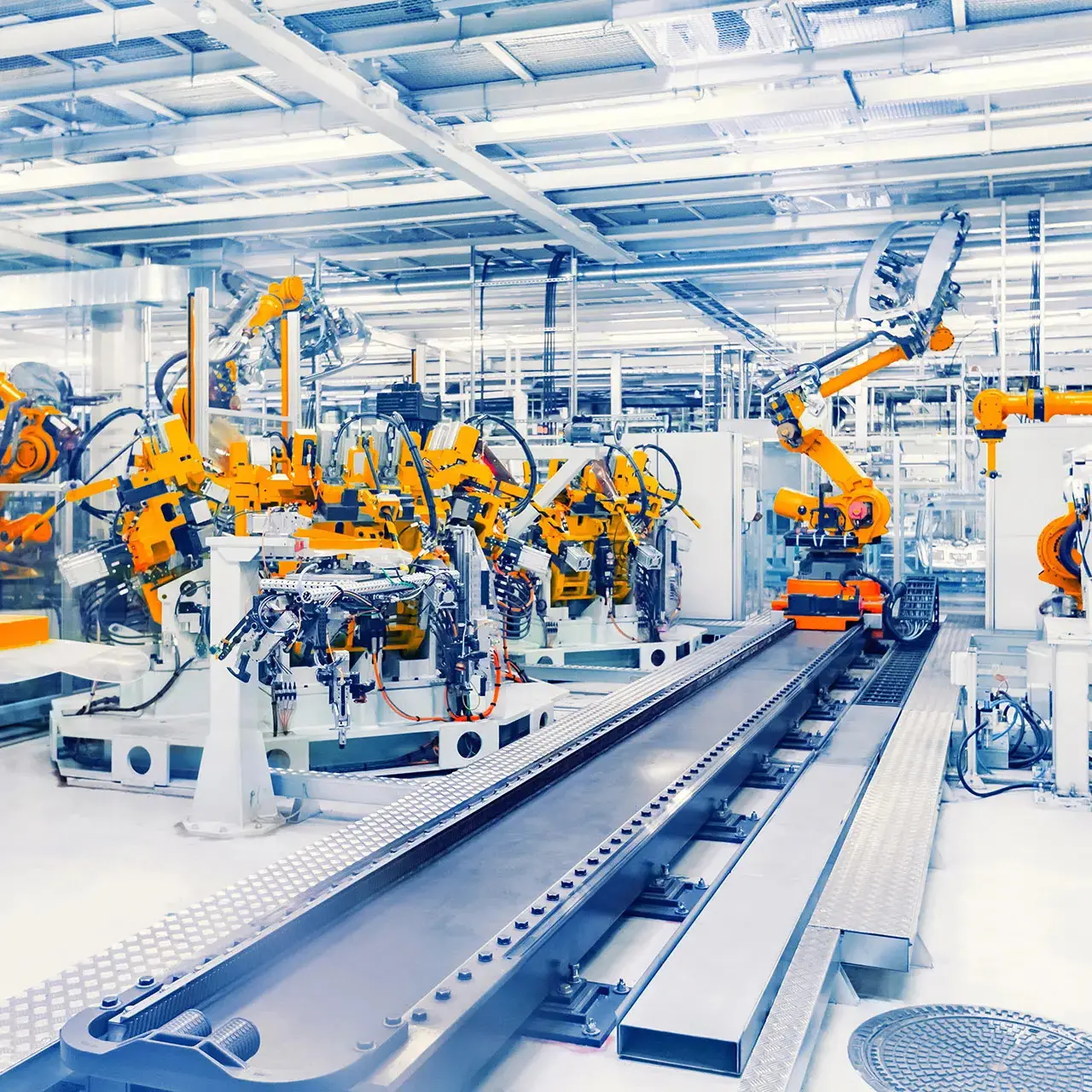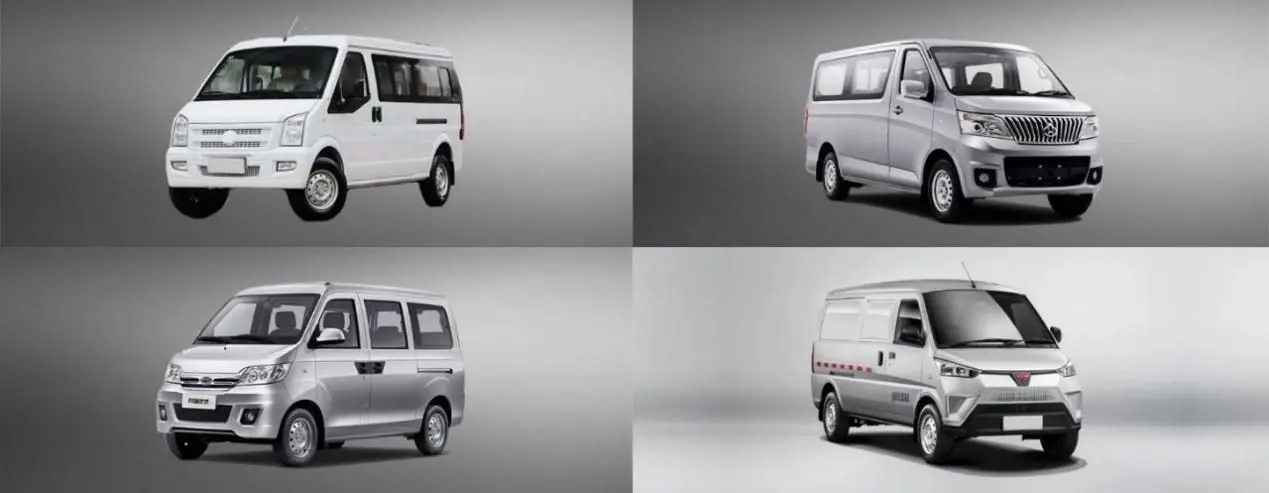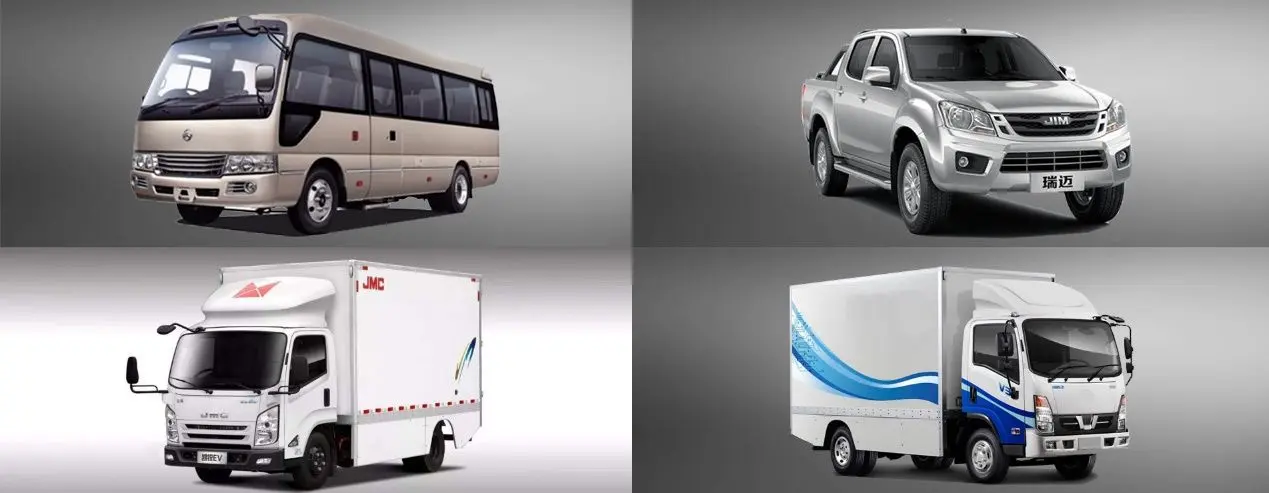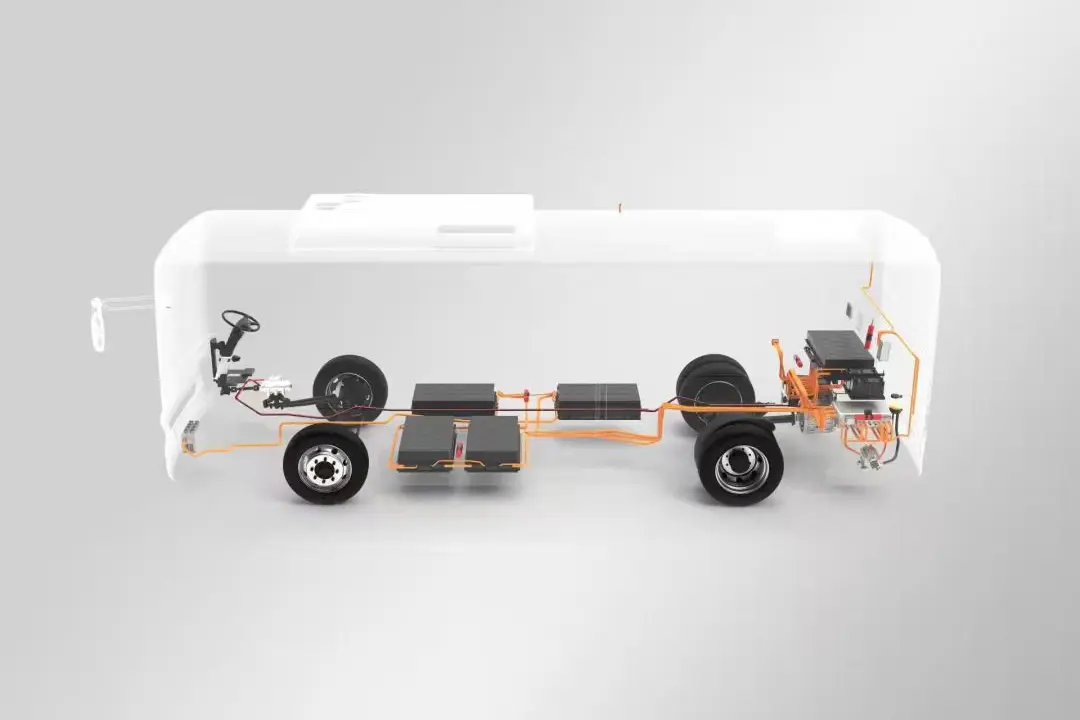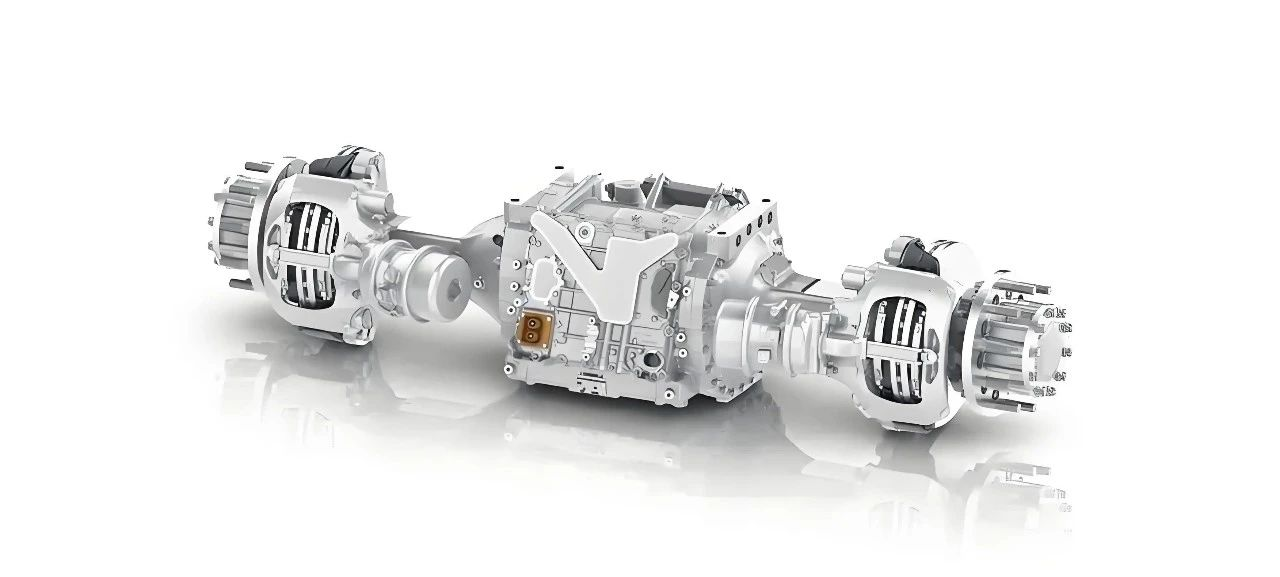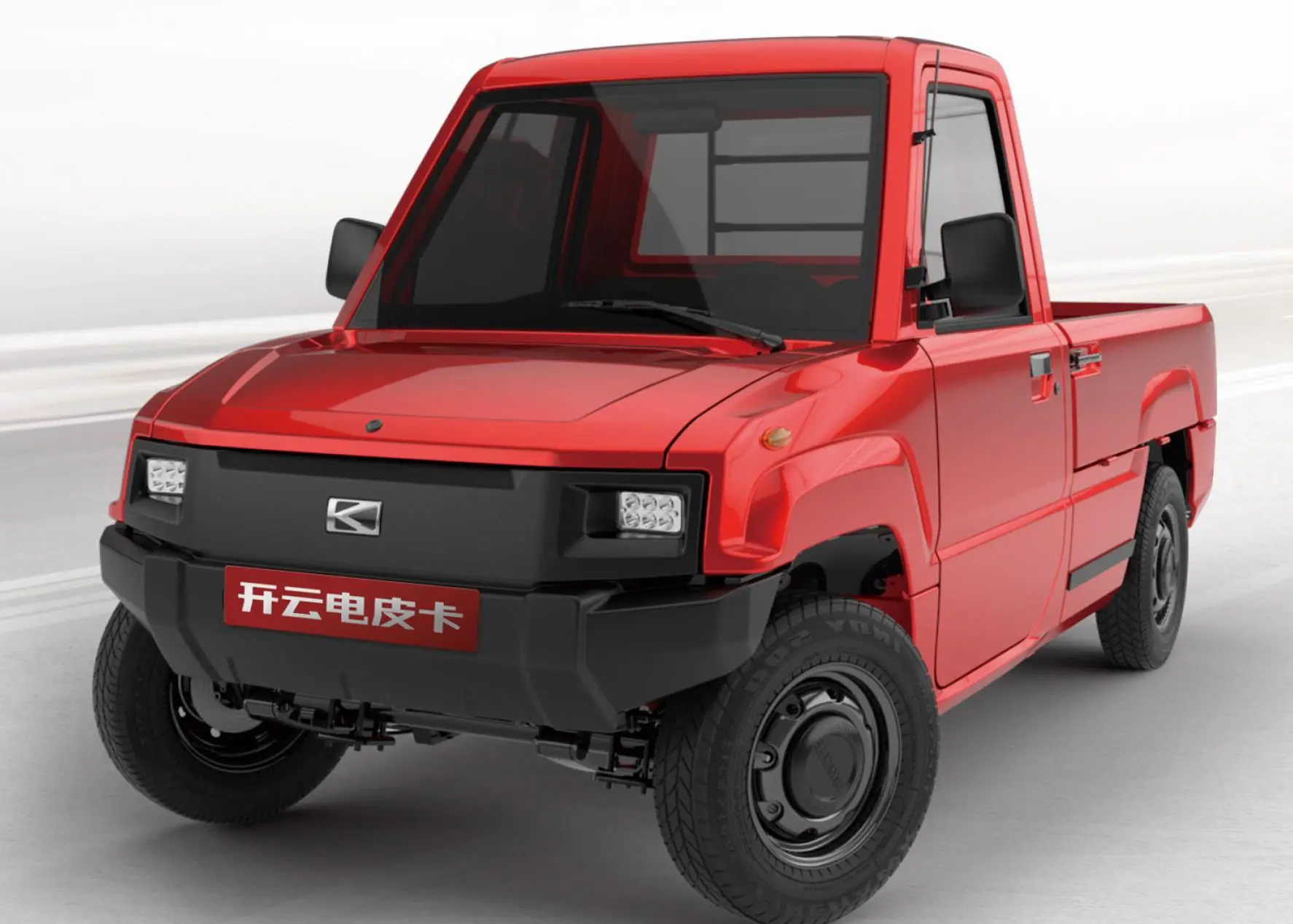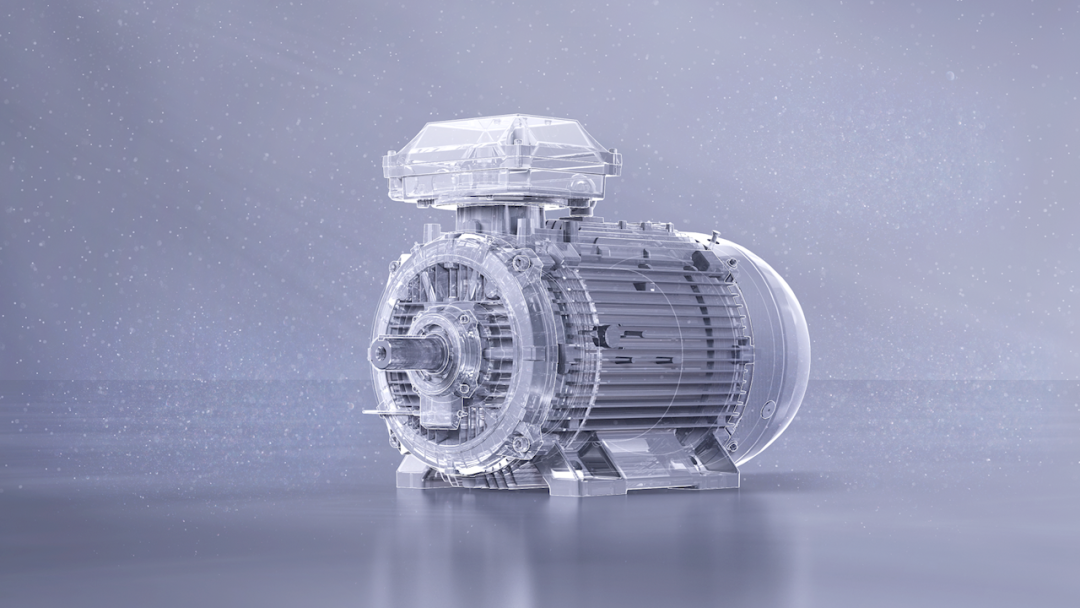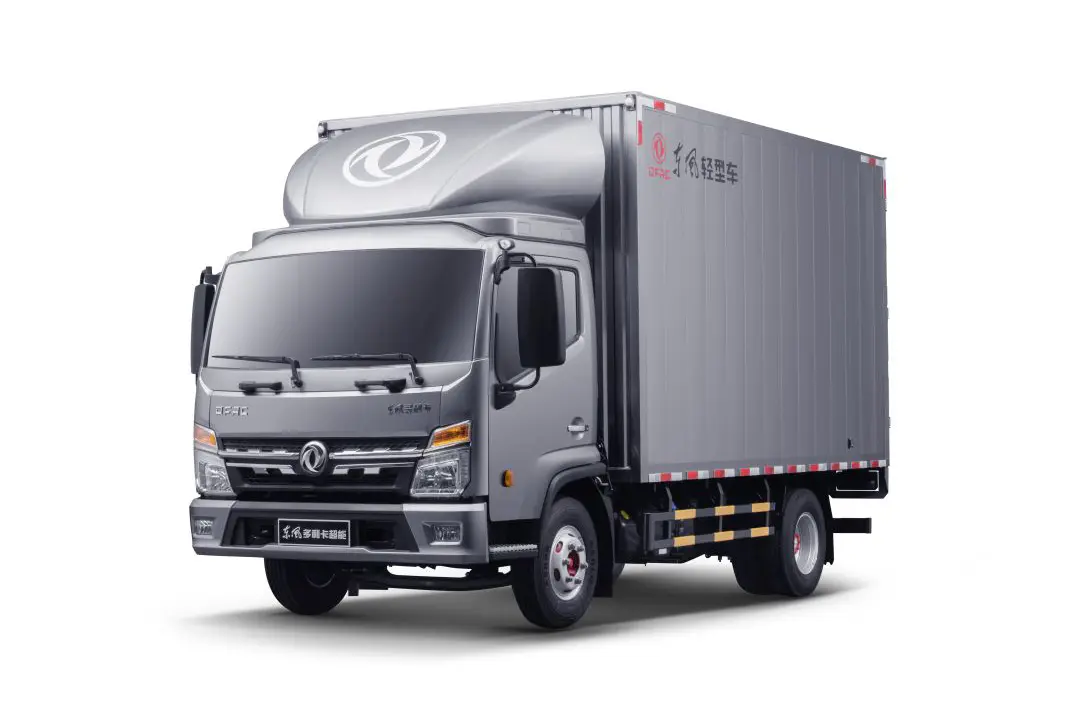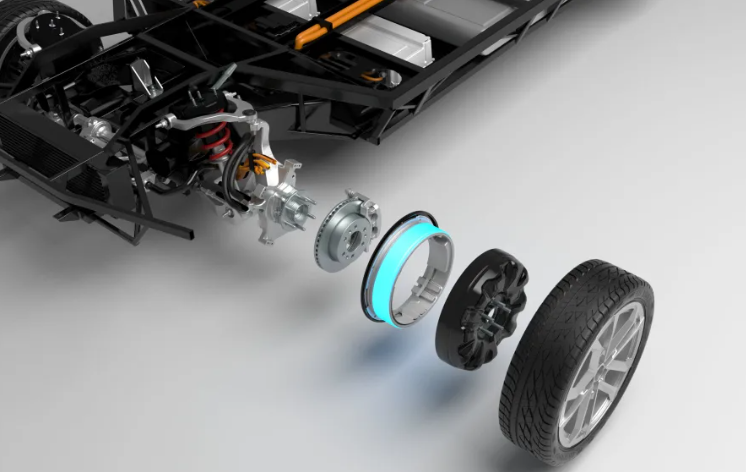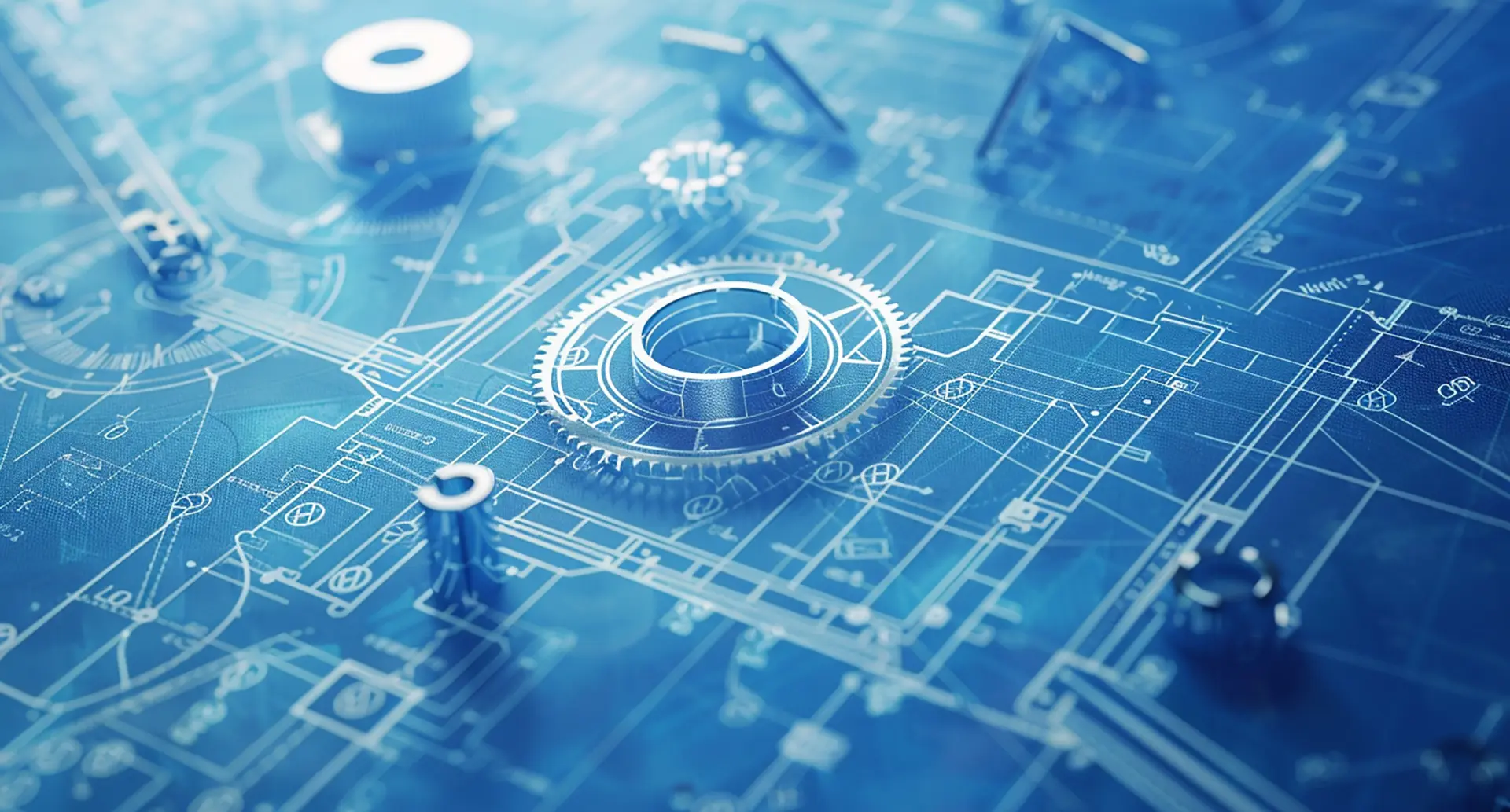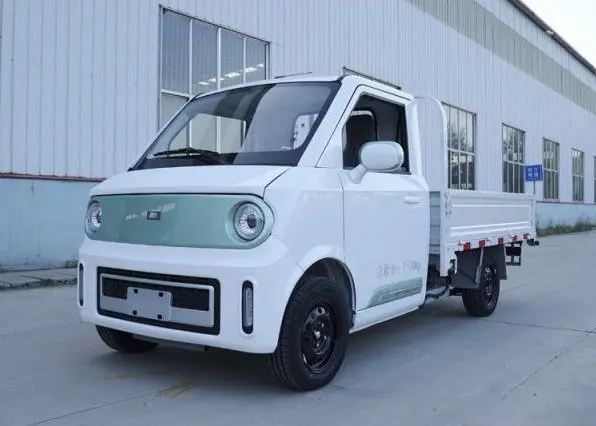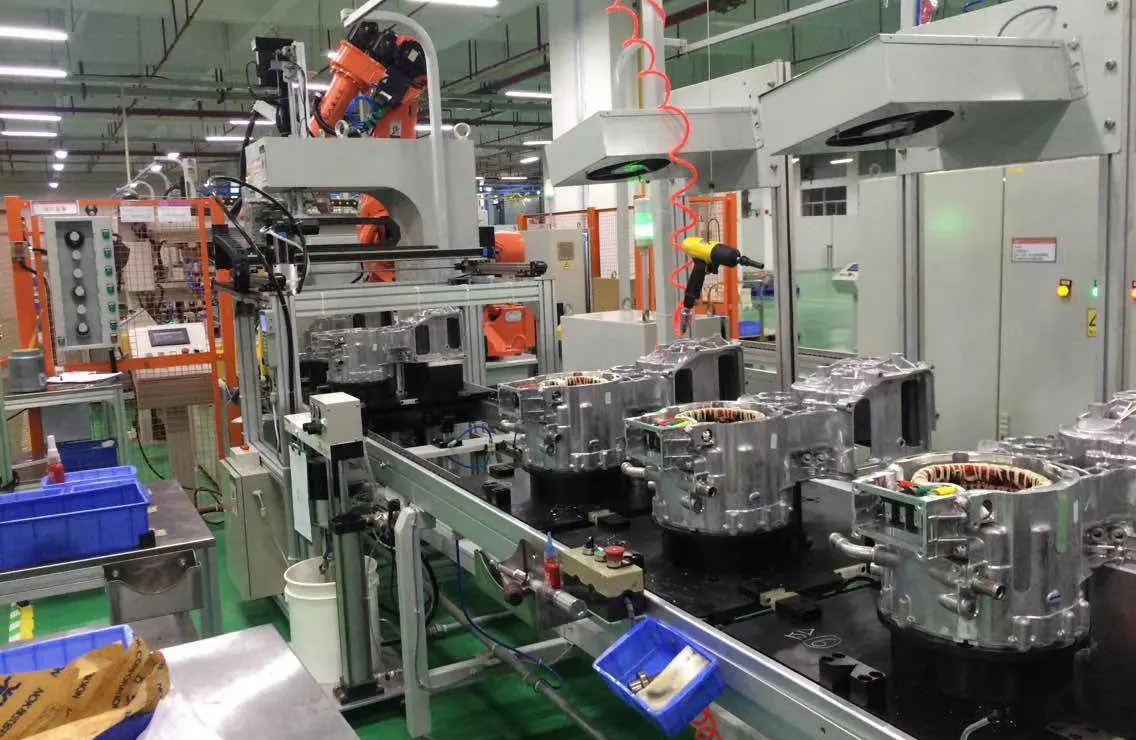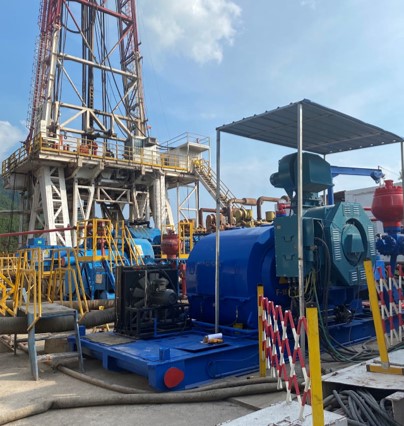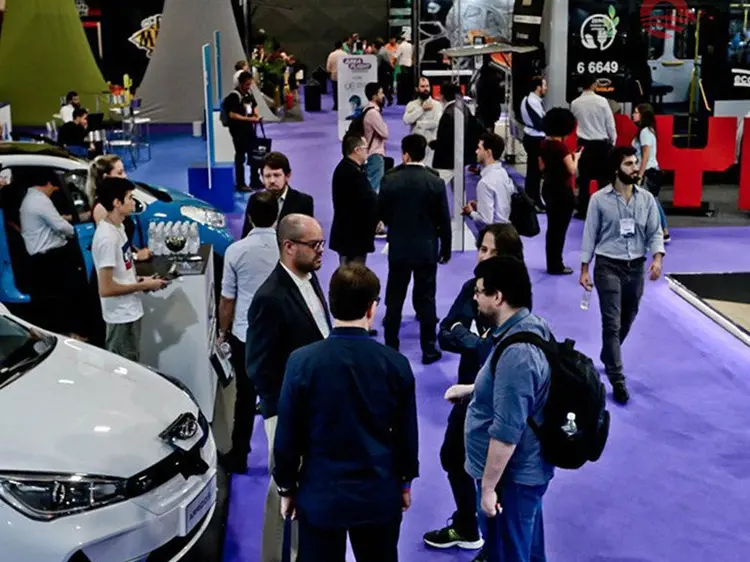Why the EV Motor Matters for Your EV: A Guide from Pumbaa
Brief Overview of EV Adoption Globally
Over the past decade, electric vehicles (EVs) have transformed from a niche innovation into a mainstream automotive movement. The transition is no longer driven only by environmental activists or tech enthusiasts — it is being embraced by governments, automakers, fleet operators, and everyday drivers across the globe.
Global EV adoption is accelerating at record speed.
According to the International Energy Agency (IEA), in 2023 alone, more than 14 million electric cars were sold globally. This represents an 18% share of total car sales, up from just 4% in 2020. Analysts predict that by 2030, electric cars could account for more than 60% of new vehicle sales in major markets such as Europe and China.
Several factors are driving this growth:
1.Government Policies and Incentives – Many countries now offer tax rebates, purchase subsidies, and free charging to encourage EV adoption. Cities like Oslo and Amsterdam are even planning to phase out gasoline and diesel cars entirely.
2.Lower Total Cost of Ownership – While EVs may still have higher upfront prices in some regions, lower fuel and maintenance costs make them more economical over time.
3.Technological Breakthroughs – Advancements in battery chemistry, charging infrastructure, and EV motor efficiency have made electric cars more practical for daily use.
4.Sustainability Goals – Growing awareness of climate change has led consumers and corporations to choose cleaner transportation options.
Despite this momentum, there’s still a key truth to remember: not all EVs are created equal.
A big part of what makes an electric car great comes down to the quality and performance of its EV motor — the beating heart of the vehicle.

Importance of Understanding Core EV Components
While most people understand that EVs run on electricity instead of gasoline, fewer understand the role of each core component in shaping vehicle performance.
The main components of an electric vehicle include:
- Battery Pack – Stores electrical energy, determines range capacity.
- Power Electronics – Controls the flow of energy between the battery and the motor.
- EV Motor – Converts stored electrical energy into mechanical motion to drive the wheels.
- Transmission or Gearbox – Transfers torque to the wheels (some EVs have direct drive without a multi-speed gearbox).
- Onboard Charger – Manages and optimizes charging from AC or DC sources.
Each part plays an important role, but the EV motor is where energy becomes motion. This means it has a direct effect on:
- Acceleration and responsiveness – How quickly the car reacts when you press the accelerator.
- Driving range efficiency – How far you can travel per charge.
- Ride smoothness and noise – A well-engineered motor reduces vibration and unwanted noise.
- Vehicle longevity – Efficient motors place less stress on the battery and drivetrain.
Just as a high-performance gasoline car relies on an advanced combustion engine, an EV’s performance relies heavily on motor design, materials, and control systems.
What Is an EV Motor?
An EV motor is an electromechanical device that transforms electrical energy from the battery into rotational mechanical energy that propels the vehicle. Unlike an internal combustion engine (ICE) that burns fuel to create motion, EV motors operate using the principles of electromagnetism.
When electric current flows through the motor’s windings, it creates a magnetic field. This field interacts with either permanent magnets or an induced magnetic field to produce torque — rotational force — which turns the vehicle’s wheels.
Types of EV Motors
1.Permanent Magnet Synchronous Motors (PMSMs)
Use high-strength permanent magnets (often made from rare earth materials like neodymium) to maintain a constant magnetic field.
Highly efficient, especially at low speeds.
Provide excellent torque density, making them ideal for performance-oriented EVs.
Common in premium electric cars and commercial vehicles.
2.Induction Motors (Asynchronous Motors)
Do not use permanent magnets; instead, they rely on an induced magnetic field created by alternating current.
Durable and cost-effective but typically less efficient at lower speeds.
Found in certain Tesla models and heavy-duty EV applications.
3.Switched Reluctance Motors (SRMs) (less common but emerging)
Operate by using the reluctance principle — magnetic fields create torque by moving the rotor to minimize reluctance.
Simple design but historically had higher vibration and noise; newer designs are improving performance.
Why EV Motors Are Superior to ICE Engines
- Instant Torque – No delay in power delivery; full torque is available the moment you press the pedal.
- High Efficiency – Modern EV motors achieve over 90% efficiency, compared to around 30–35% for combustion engines.
- Low Maintenance – Fewer moving parts, no oil changes, and less wear.
- Quieter Ride – No engine noise, making for a smoother, more refined driving experience.

Why the EV Motor Matters: Core Performance Factors
When choosing an electric vehicle, the motor’s design and quality directly influence how the car feels, performs, and lasts. Here are the main performance factors:
a. Efficiency
EV motors can achieve efficiencies of over 90%, compared to around 30–35% for gasoline engines. Higher efficiency translates into longer range and lower energy consumption.
b. Torque Delivery
Unlike ICEs, which need to build up power through revs, EV motors deliver instant torque. This results in responsive acceleration and better performance in stop-and-go traffic.
c. Power Density
A high power-to-weight ratio allows manufacturers to design lighter vehicles without sacrificing performance — an essential factor for both efficiency and handling.
d. Reliability
With fewer moving parts and no need for oil changes, EV motors generally last longer and require less maintenance.
e. Driving Experience
Motor characteristics affect how smooth or sporty an EV feels. Well-designed motors deliver a seamless and enjoyable ride, while poorly optimized ones can result in jerky acceleration or energy loss.
Pumbaa’s Focus on High-Performance PMSMs
At Pumbaa, we specialize in Permanent Magnet Synchronous Motors (PMSMs) — widely recognized as the industry’s top choice for high-performance EV applications.
Why PMSMs Stand Out:
High Efficiency: Optimized for minimal energy loss, extending EV range.
Compact Design: Allows for flexible vehicle layouts.
High Torque Density: Delivers powerful acceleration even at low speeds.
Excellent Heat Management: Ensures consistent performance under demanding conditions.
Pumbaa’s Engineering Excellence:
Advanced Magnet Technology: We use premium-grade rare earth magnets for maximum durability and efficiency.
Precision Manufacturing: Our motors are crafted to tight tolerances, ensuring smooth and quiet operation.
Thermal Optimization: Innovative cooling designs prevent overheating, even during prolonged high-speed driving.
Custom Solutions: We tailor our motors to suit specific customer requirements, from passenger cars to commercial EVs.

Why Choose Pumbaa as Your EV Motor Partner
Selecting the right EV motor supplier is critical for ensuring the success of your electric vehicle project. Here’s why Pumbaa is the trusted partner for leading automotive manufacturers:
a. Proven Expertise
With years of experience in the EV sector, Pumbaa has developed a deep understanding of how to design and manufacture motors that meet the highest performance and durability standards.
b. Cutting-Edge R&D
We continuously invest in research and development to stay ahead of market trends, incorporating the latest materials and technologies to improve efficiency and performance.
c. Global Standards Compliance
Our motors meet or exceed major global certification standards, ensuring compatibility with international markets.
d. Scalable Production
From small-scale prototyping to high-volume manufacturing, Pumbaa offers the flexibility to meet your production needs without compromising quality.
e. Customer-Centric Approach
We work closely with our clients to provide tailored motor solutions, ensuring optimal integration with vehicle design and intended use.

Conclusion
The EV motor is far more than just a mechanical component — it is the heart of your electric vehicle, determining its efficiency, performance, and overall driving experience. As global EV adoption continues to grow, the demand for reliable, high-performance motors will only intensify.
At Pumbaa, we are committed to pushing the boundaries of EV motor technology. Our high-performance PMSMs are engineered to deliver exceptional torque, efficiency, and durability, empowering automakers to create vehicles that drivers love.
Whether you are an established automotive manufacturer or an emerging EV startup, Pumbaa offers the expertise, innovation, and reliability you need to succeed in the electric future.









